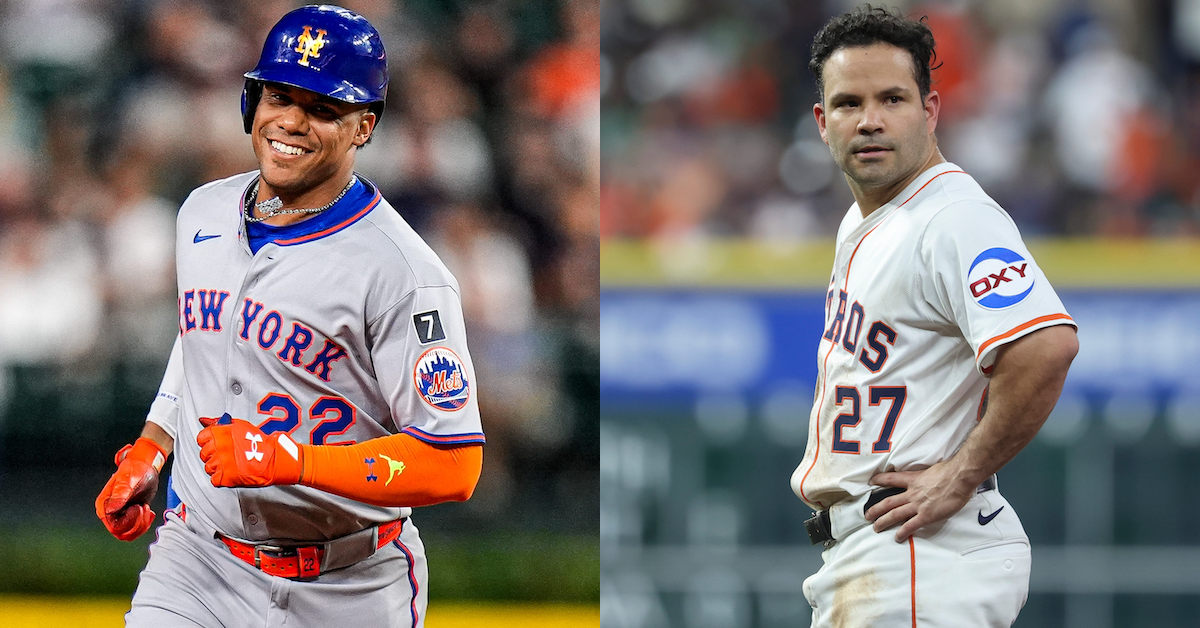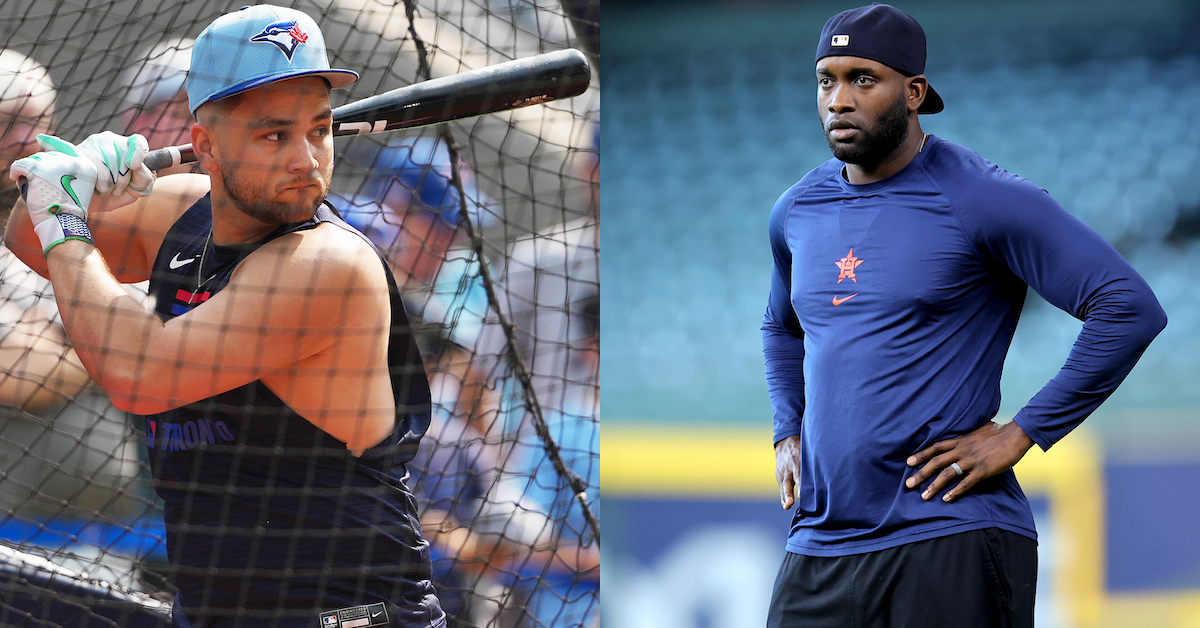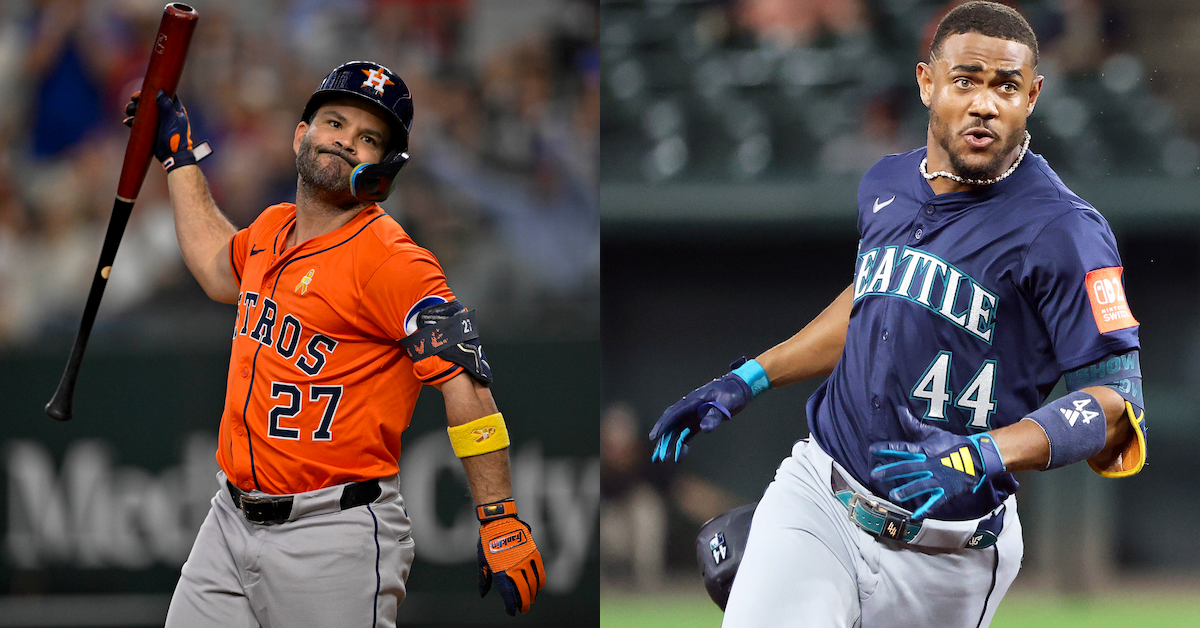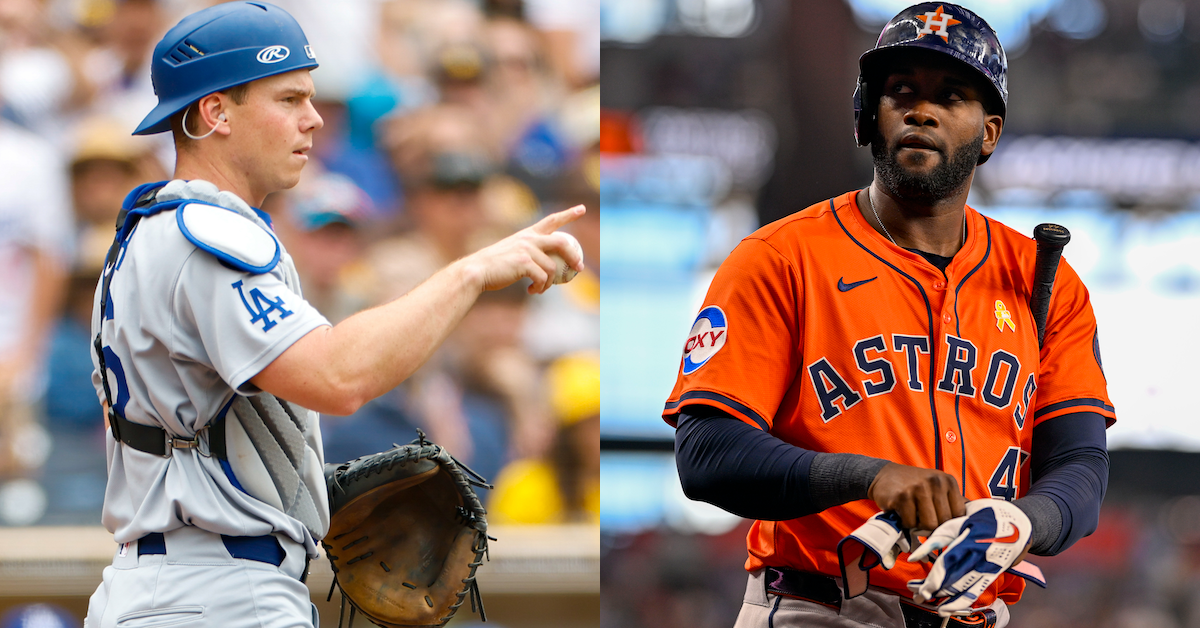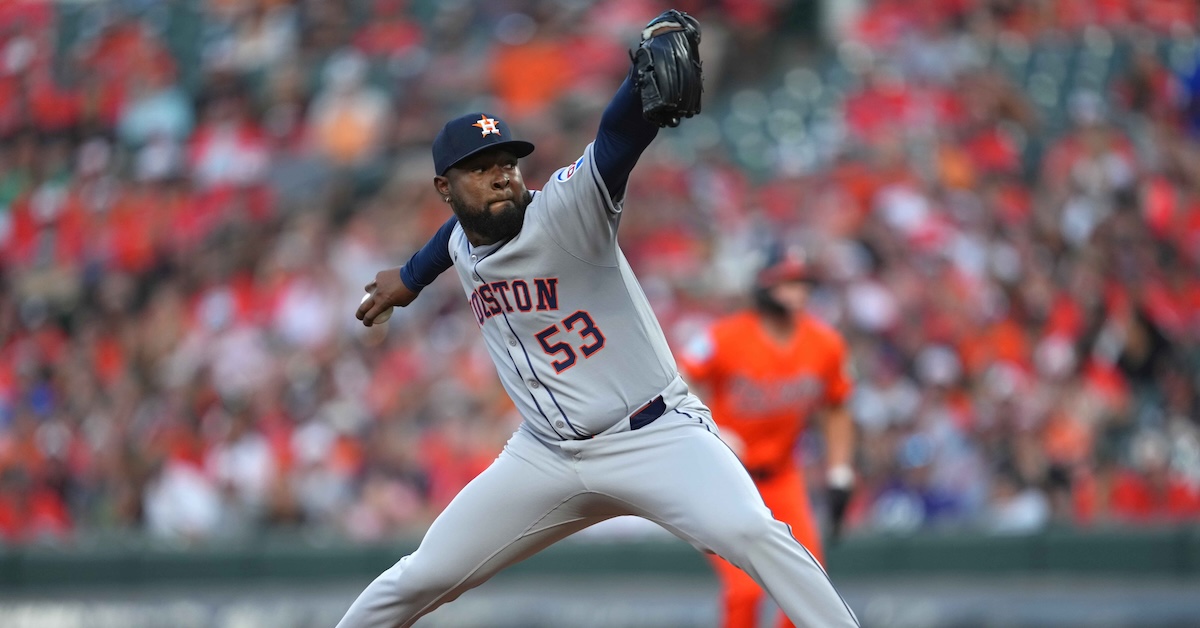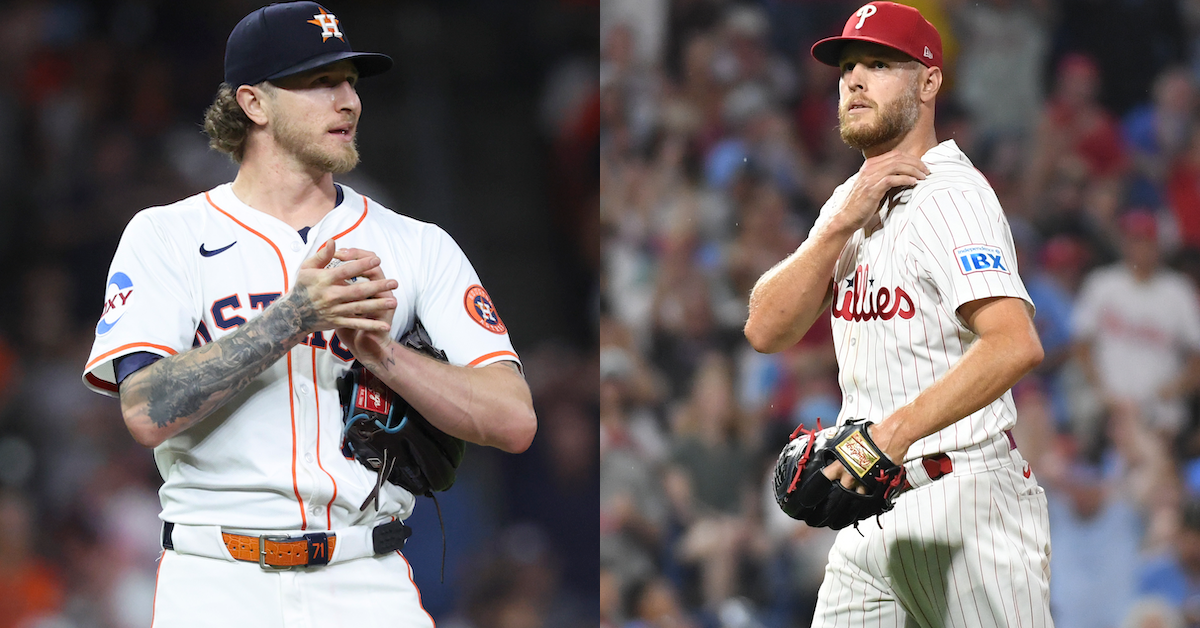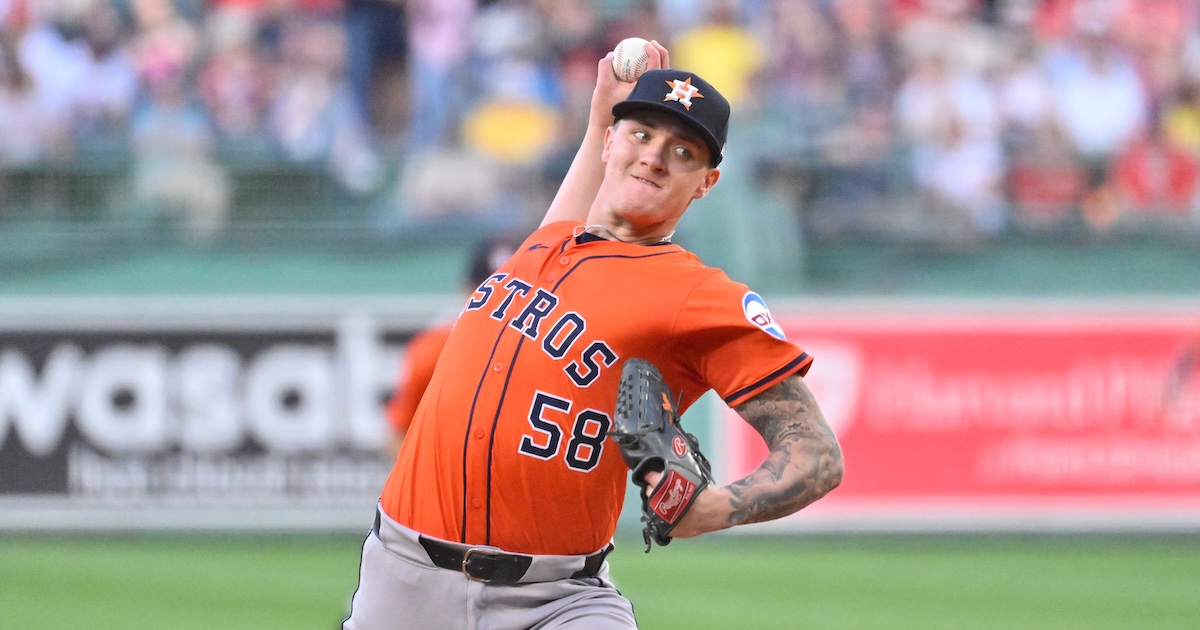Sunday Notes: Detroit’s Will Vest Developed Into a Quality Closer
He doesn’t garner much press — at least not outside of Tigers territory — but Will Vest has developed into one of baseball’s better relievers. The 30-year-old right-hander has appeared in 181 games for Detroit over the past three seasons and logged a 2.93 ERA and a 2.71 ERA over 187-and-a-third innings. Moreover, he is currently the team’s closer. Vest’s 2025 ledger includes 23 saves to go with a 3.01 ERA and a 2.71 FIP, and he recorded the final out in both of the club’s Wild Card wins over Cleveland. If the Tigers go on to beat the Mariners in the ALDS, Vest will likely have played a key role.
He could easily be pitching for Seattle. As related by Dan Hubbs in a piece that ran here at FanGraphs two weeks ago, the Mariners took Vest in December 2020’s Rule-5 draft, only to return him to the Tigers the following July. Hubbs had departed as Detroit’s director of pitching development by the time Vest was reacquired, but he was, and remains to this day, bullish on the righty’s raw ability.
Vest was one of three pitchers (Casey Mize and Tarik Skubal were the others) whose development process the now-Athletics’ bullpen coach looked back on in the September 23 article. Spin rates that were “off the charts” was an attribute Hubbs saw in the then-under-the-radar prospect, as were “good movement profiles on everything he threw.” For the young hurler, success at baseball’s highest level “was just a matter of him getting comfortable competing in the strike zone.“
What are Vest’s memories of working with Hubbs, and in which ways has he continued to develop in the years that have followed? Read the rest of this entry »

